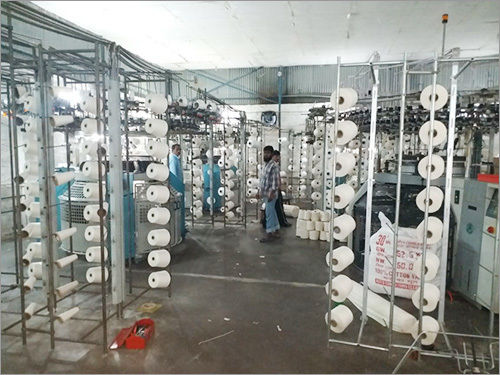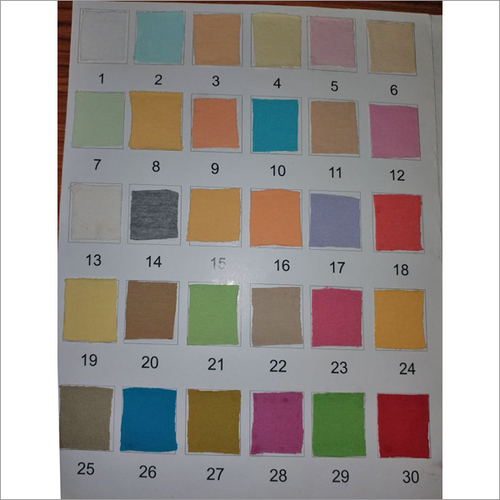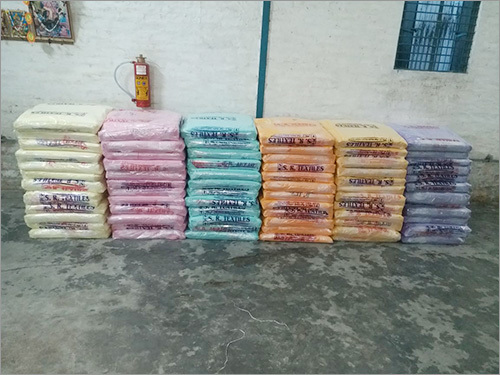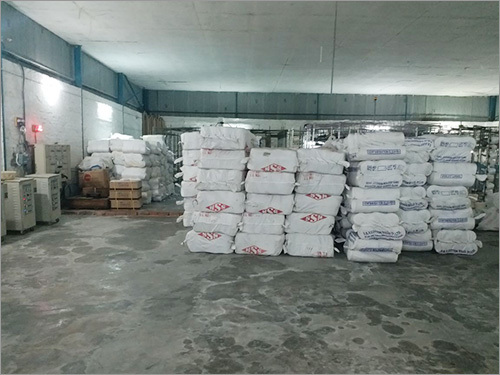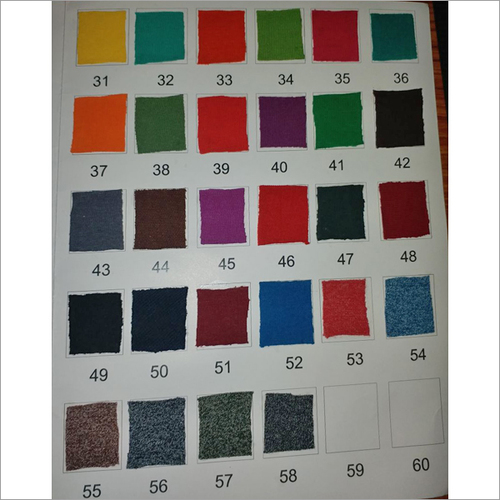
Fabric Chart
Product Details:
- Feature Sun-resistant
- Color All Color
- Fabric Type Fabric Chart
- Technics Knitted
- Knitted Type Weft
- Fabric Material Fabric Chart
- Fabric Texture Smooth
- Click to View more
X
Fabric Chart Price And Quantity
- 50 Kilograms
Fabric Chart Product Specifications
- Fabric Chart
- Weft
- Dry Clean
- Knitted
- All Color
- Sun-resistant
- Smooth
- Fabric Chart
Fabric Chart Trade Information
- 1000 Kilograms Per Month
- 7 Days
Product Description
A fabric chart is a visual reference tool that displays important information about different types of fabrics. It provides details such as fabric composition, weight, weave, texture, and care instructions. Fabric charts are used by designers, sewers, and textile enthusiasts to make informed decisions when selecting fabrics for various projects, including clothing, home decor, and crafts. They serve as a valuable resource for understanding the characteristics and suitability of different fabrics based on specific requirements.
FAQ:
Q: What is a fabric chart?
A: A fabric chart is a visual reference tool that provides information about different types of fabrics. It includes details such as fabric composition, weight, weave, texture, and care instructions. Fabric charts are used to assist in the selection of suitable fabrics for various projects.
Q: Why are fabric charts useful?
A: Fabric charts are useful because they provide valuable information about fabrics, helping users make informed decisions. They allow designers, sewers, and enthusiasts to understand the characteristics and properties of different fabrics, enabling them to choose the most appropriate fabric for their specific project requirements.
Q: What information does a fabric chart typically include?
A: A fabric chart typically includes essential information about fabrics. This can include details such as the fabric's composition (e.g., cotton, polyester, silk), weight (e.g., lightweight, medium-weight, heavyweight), weave (e.g., plain weave, twill weave, satin weave), texture (e.g., smooth, textured, ribbed), and care instructions (e.g., washing, drying, ironing).
Q: How can a fabric chart be used?
A: A fabric chart can be used in various ways. It serves as a quick reference guide when selecting fabrics for specific projects. Designers can compare different fabrics based on their composition, weight, or texture to find the best match for their intended design. Sewers can refer to fabric charts to understand the care requirements of different fabrics before starting a sewing project.
Q: Are fabric charts specific to certain brands or manufacturers?
A: Fabric charts can vary depending on the brand or manufacturer. Different fabric suppliers or manufacturers may have their own fabric charts showcasing the fabrics available in their collections. However, there are also general fabric charts that provide information about common fabric types regardless of the brand.
Q: Where can fabric charts be obtained?
A: Fabric charts can be obtained from fabric suppliers, manufacturers, or textile industry sources. They may be available as physical charts or booklets that can be obtained from fabric stores, sewing supply shops, or by contacting fabric manufacturers directly. Additionally, some fabric charts may also be available online as downloadable resources or on the websites of fabric suppliers.
Q: Can fabric charts be customized or personalized?
A: Fabric charts are typically pre-designed reference tools provided by fabric suppliers or manufacturers. However, some designers or manufacturers may create custom fabric charts that focus on specific fabric collections or cater to their brand's unique offerings. These custom charts may showcase a tailored selection of fabrics and include additional information or branding elements.
Tell us about your requirement

Price:
Quantity
Select Unit
- 50
- 100
- 200
- 250
- 500
- 1000+
Additional detail
Mobile number
Email

